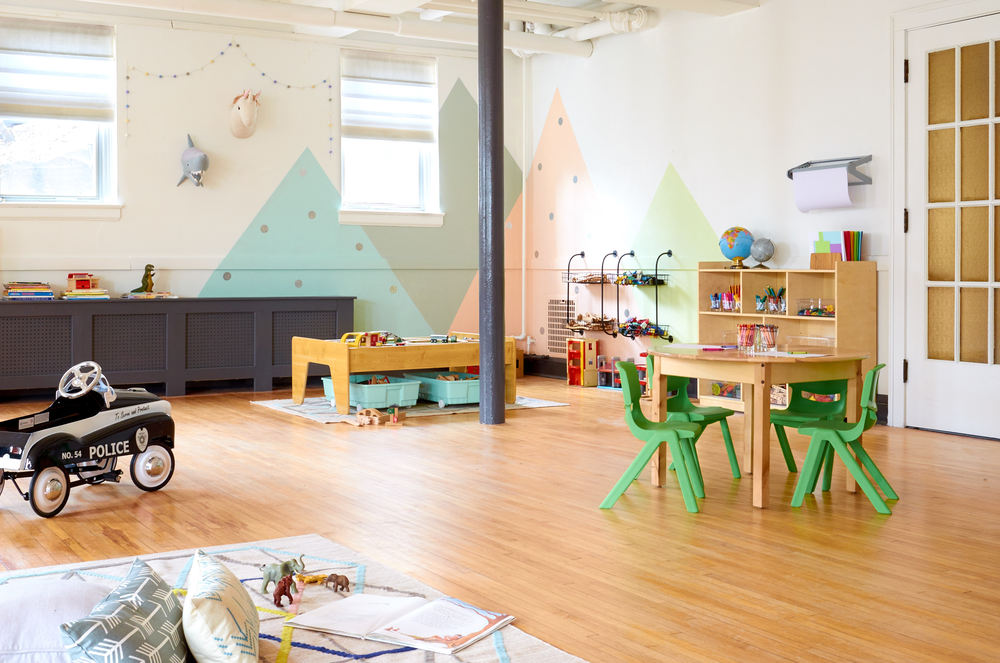I’ve been taking pictures of rooms for a long time, going all the way back to our very first Curbly room makeover project. Shudder. Some of those old photos make me wish the internet was like Snapchat … swiftly-disappearing.
But the nice thing about old pictures (that I hate) is that they’re a good way of measuring how far my photography skills have come, so I can really be proud of more recent photos I’ve created, like this:
But today, I thought I’d just share a little tip that has helped improve my photo process immensely. It’s something almost every professional photographer knows about – and uses – but lots of people just starting out don’t seem to realize how valuable it is.
It’s called tethering.
No, it’s not some weird S&M thing. And it’s not what you do with your iPhone in the airport when there’s no WiFi and you’re desperate to answer your work e-mail on your laptop.
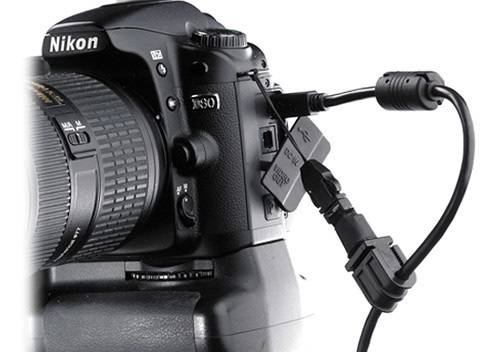
Tethered shooting (tethering), is when you hook up your camera to your computer via a USB cable, so you can see what you’re shooting on a large screen.
Because, guess what? That tiny little viewfinder, or the 2-inch LCD display on the back of your camera? Those are really hard to use when you need to get an interior makeover shot to look just perfect.
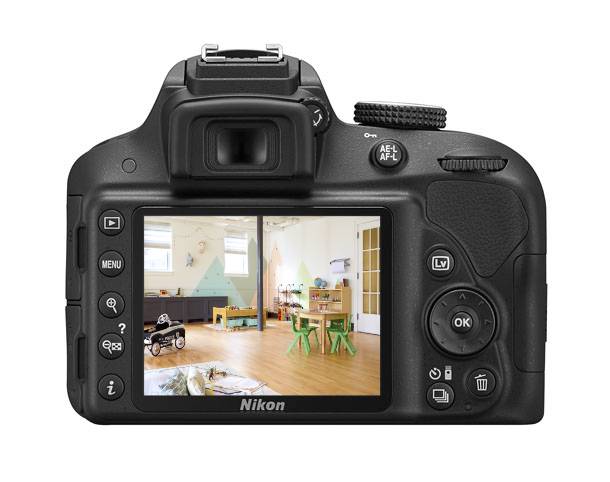
When we shoot a room, we spend hours (yes, hours) moving accessories around, tweaking the positions of every piece of furniture, and generally obsessing about making the shot look right. I know it seems crazy, but it really is the way to do it.
Yes, it’s true. The position of one candlestick on a credenza can make or break a shot. And it’s just impossible to check that sort of thing on a tiny scale. You need to be able to see it at full(ish) size, and to be able to compare each shot against the previous one (better? worse? meh? kill me now?).
There are lots of good tethering options. Most DSLRs come with some software that will let you tether your camera. Adobe Lightroom is another app lots of people like. And if you don’t want to spend any money, there’s a free app called Sofortbild (Mac only) that does the job pretty well.
But (here’s the ‘secret’ part), the absolute best tethering software out there is called CaptureOne.
I learned about it last year when Alicia and I went to North Carolina for our La-Z Boy Design Dash event. After a day of frantic running around La-Z Boy’s showroom, picking out furniture and accessories, we were sent to a gigantic (I mean, multiple-football-field-sized) sound stage, where a fake living room interior was set up for us.
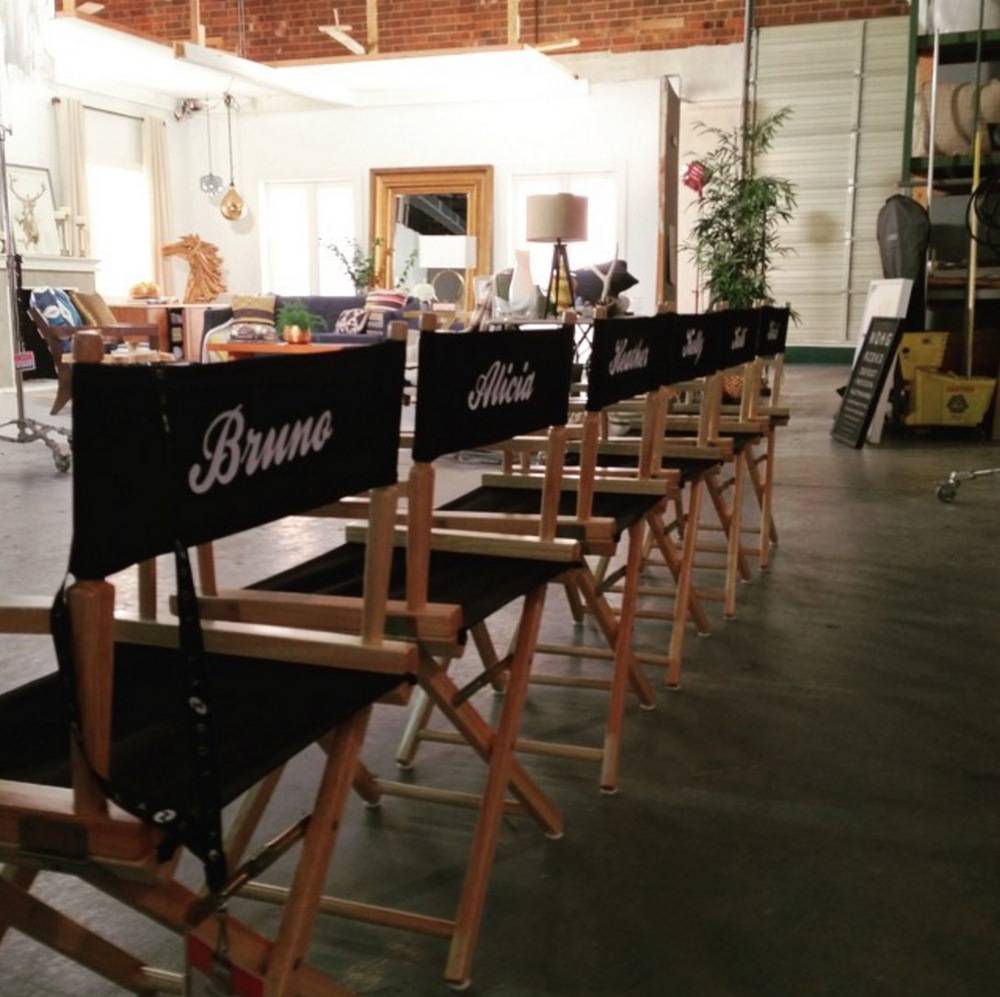
This place was amazing. They had at least twenty different bays set up, each with a different room or design style. They even had a complete facade of a one-level home … full size! With a front porch! And fake snow!
Seriously. It was incredible. We learned that just about every photo you see in a design catalog or advertisement is shot at a place like this (probably that exact studio, actually, since they’re one of the biggest in the country).
And when the real professional photographers rolled around with their giant tripods, and Hollywood lighting rigs, guess what software they were shooting with?
Did you guess CaptureOne? Did you?
Yes. That is correct.
It was CaptureOne.
Over a lunch break I accosted one of the photogs and pestered him with questions. And it immediately became clear to me why they use this software.
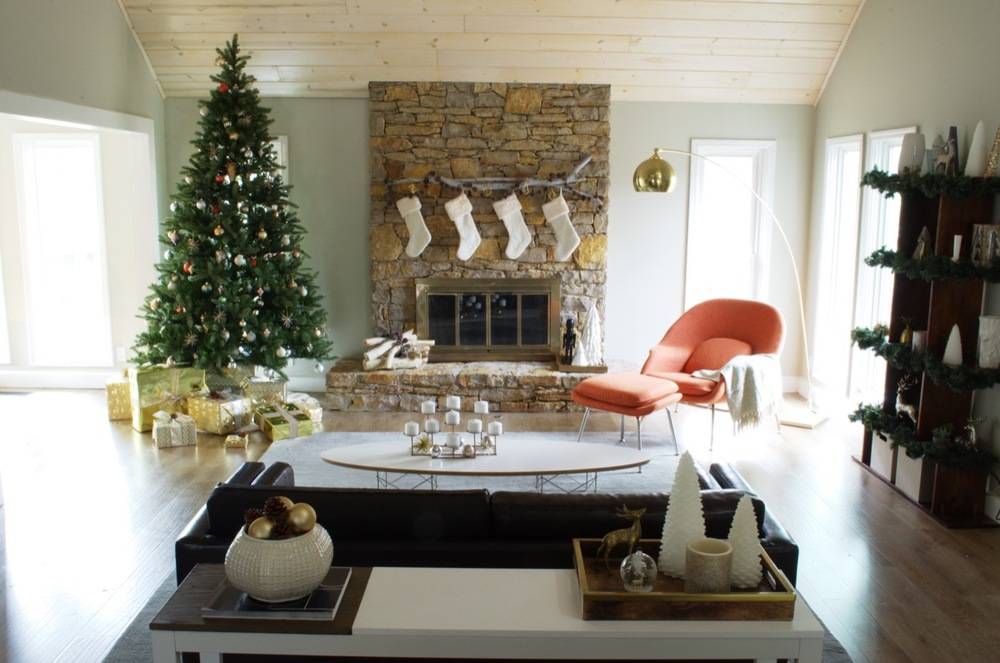
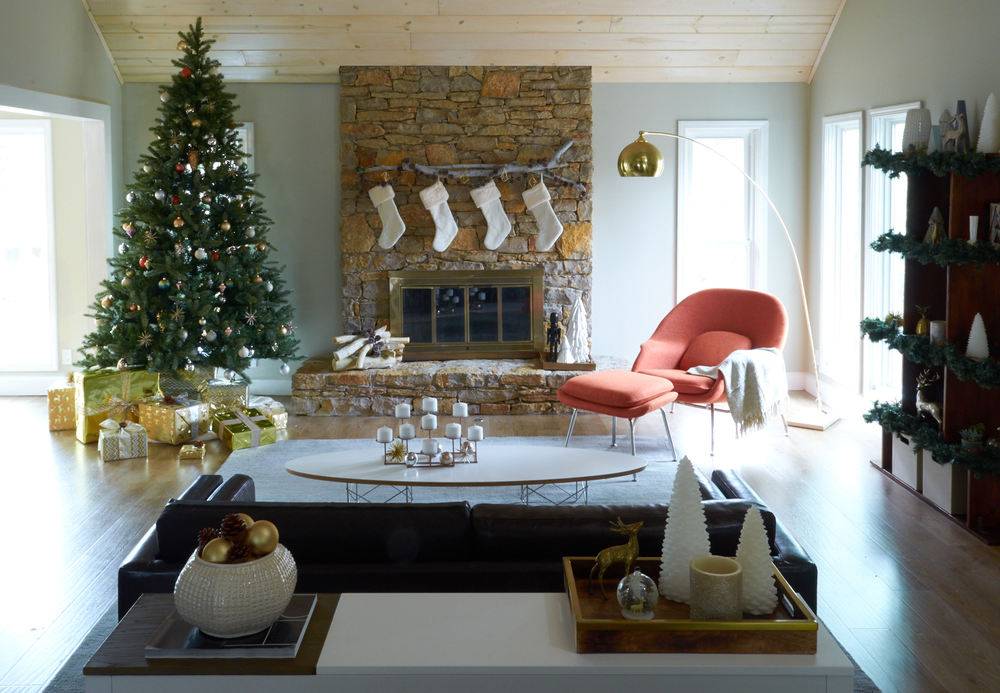
Here are just a few of the things I love about it:
- Composition mode lets you snap photo after photo as you’re setting up the shot, without wasting space on your camera or hard drive
- It saves files directly to your computer or attached drive. No more running out of space on SD cards!
- Keystoning. A miracle tool that lets me adjust vertical and horizontal camera perspective, without moving the camera. Instagram has a similar feature in its ‘adjust’ editing tool. For interior room shots, you really need all your lines to be square and plumb. This tool makes that a breeze.
- Real time levels editing and white balance.
- Quick image comparisons. Was that shot better with the red vase or the white one? Should we close the curtains halfway or three-quarters?
- Focus! On the big screen, you can make sure things are pin-point sharp exactly where you want them to be.
- So. Much. More.
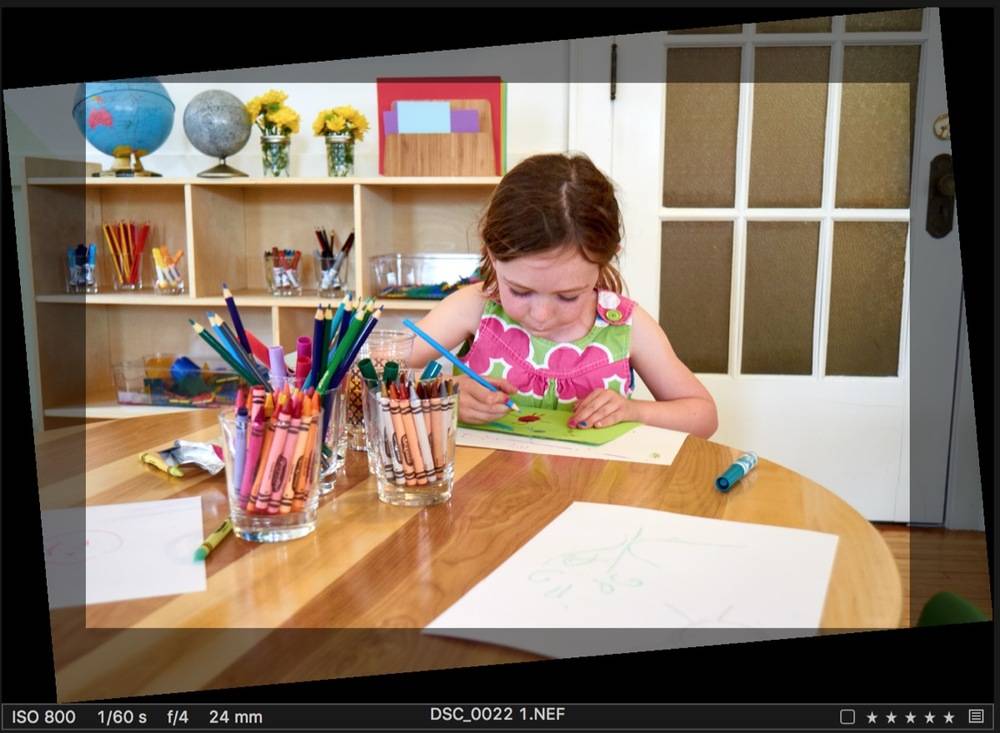
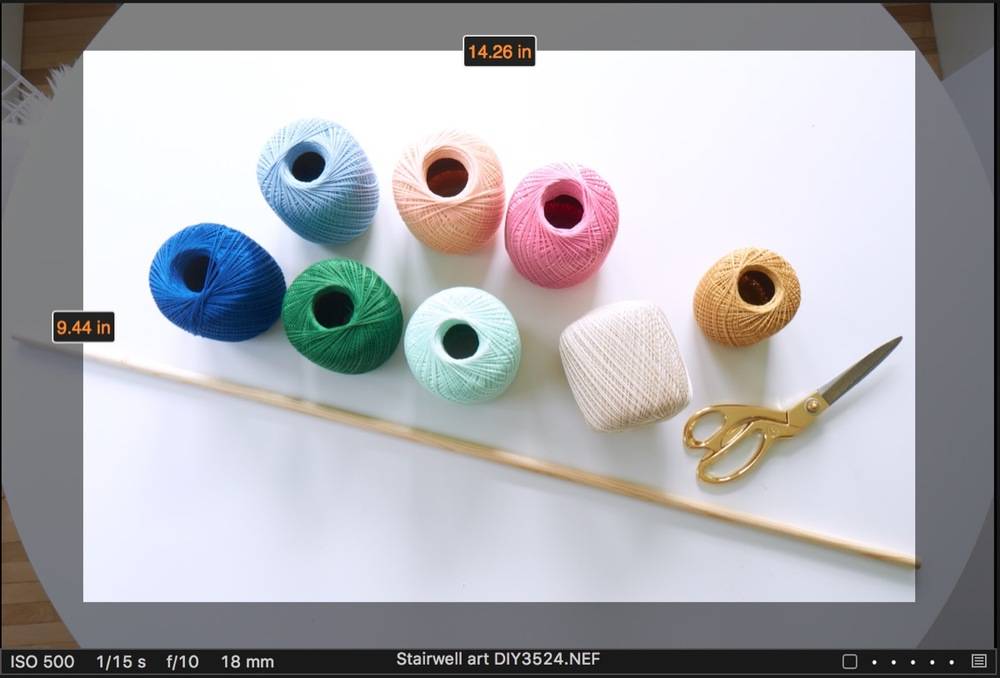
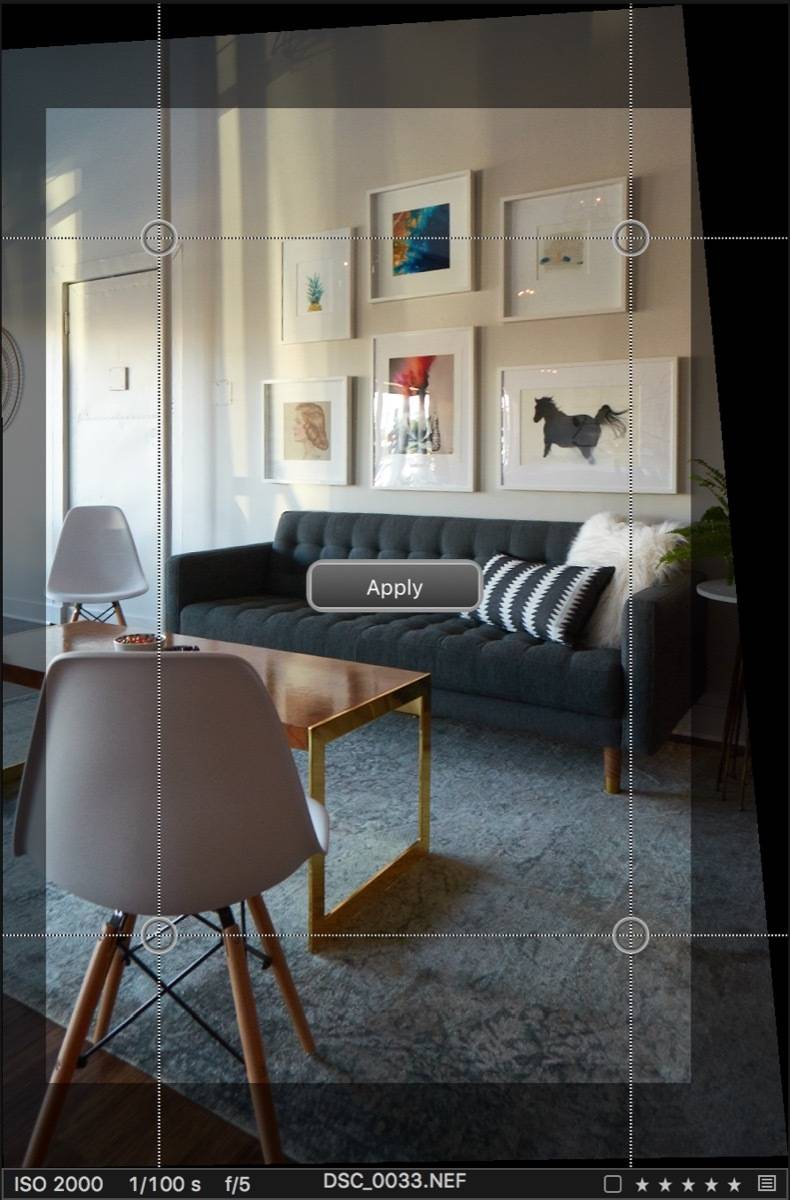
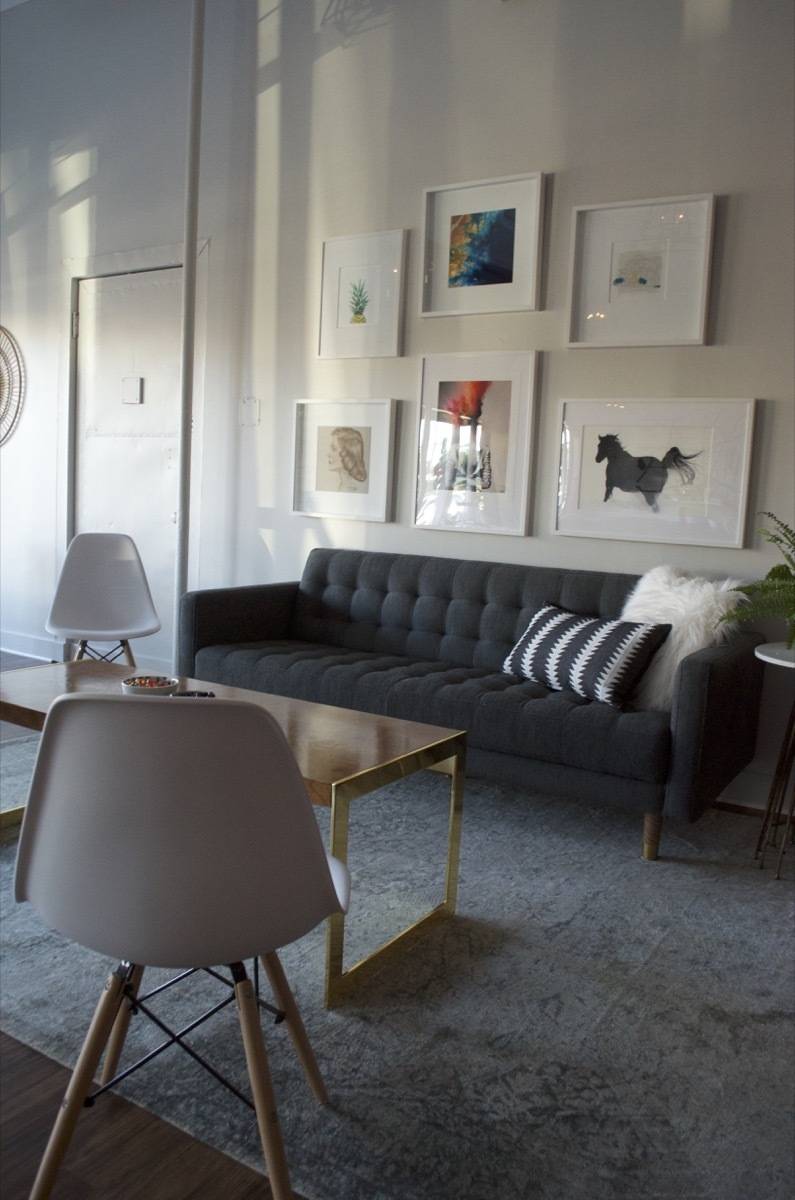
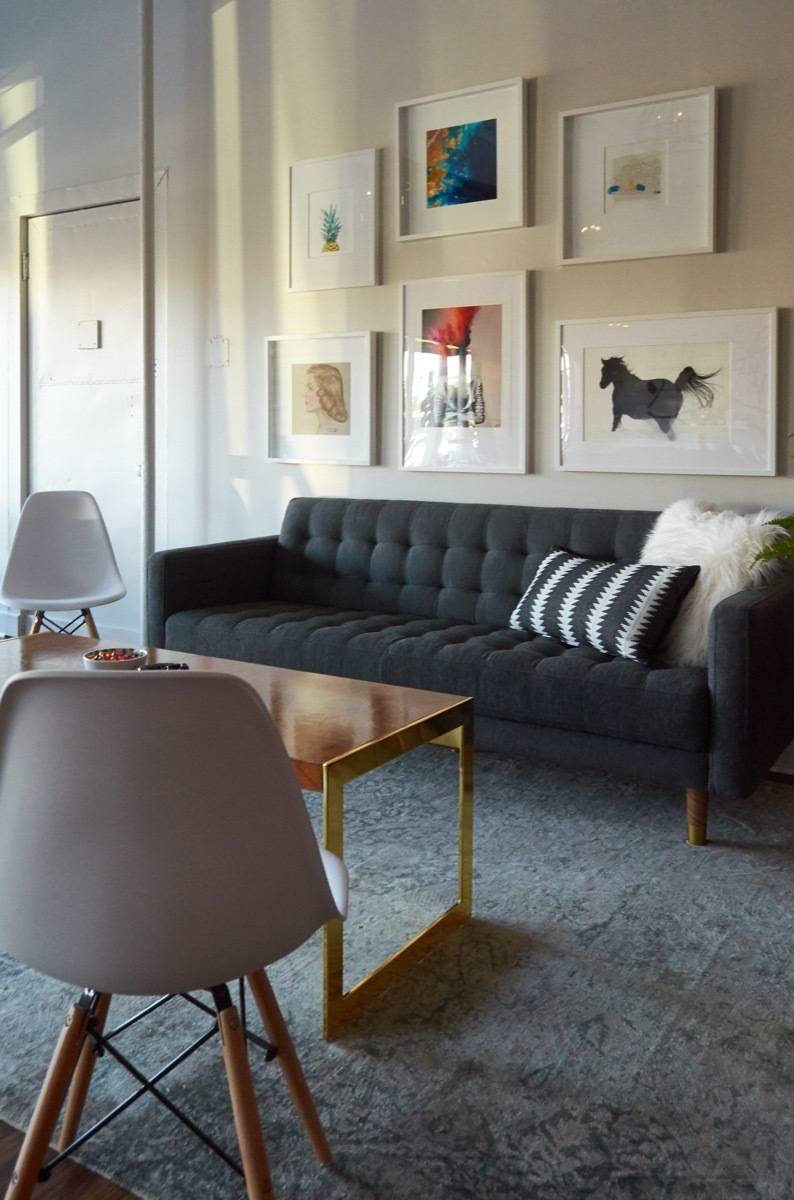
Ok, enough ranting about that. I get boring when I get excited about software. Trust me. If you take pictures of styled rooms, DIY projects, or just about anything that isn’t moving too fast (i.e. this isn’t meant for sports photography), CaptureOne is going to be your new best friend.
